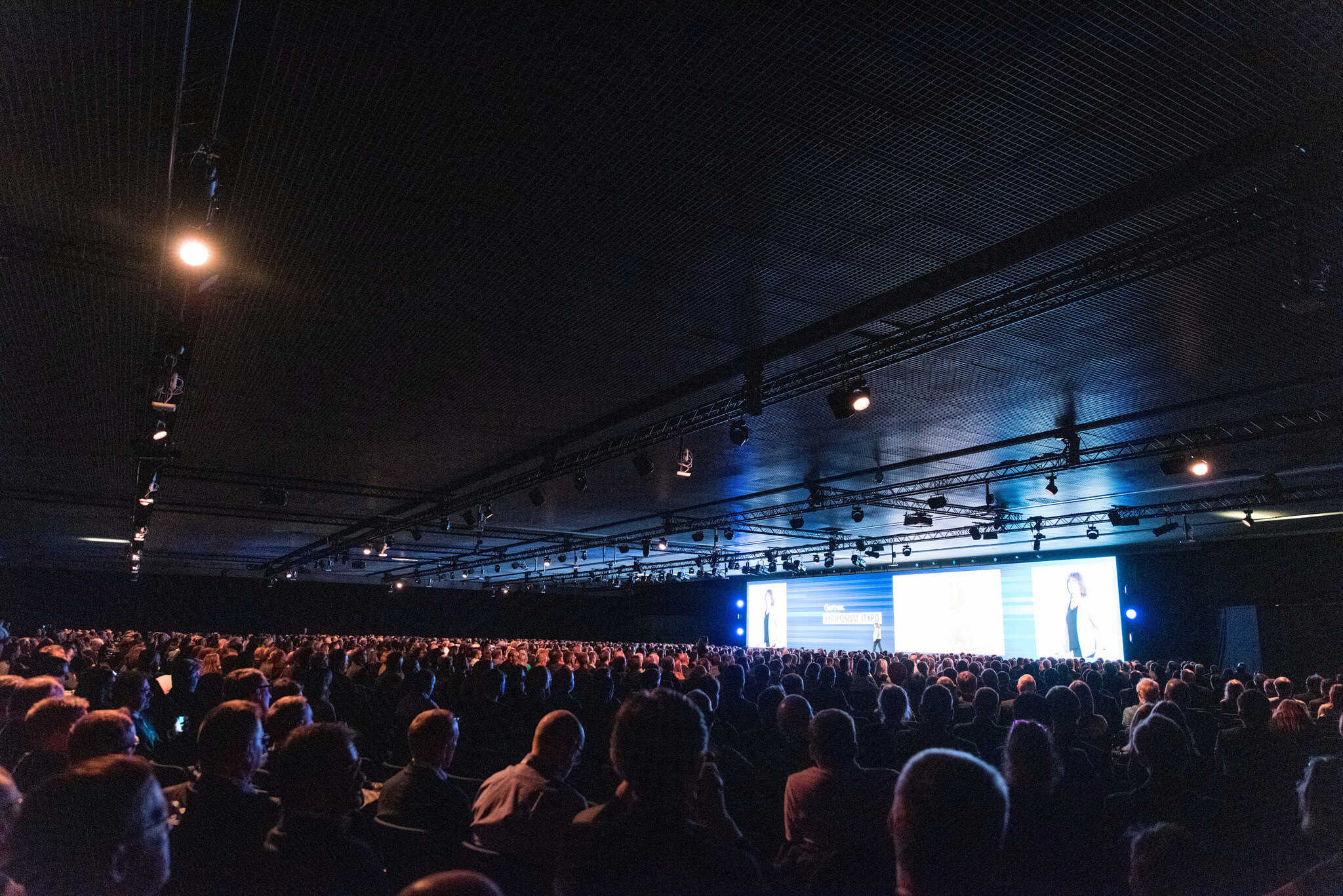CIOs need to prepare workers for a future in which people do more creative and impactful work because they no longer have to perform many routine and repetitive tasks, according to Gartner, Inc. People and machines are entering a new era of learning in which artificial intelligence (AI) augments ordinary intelligence and helps people realise their full potential.
“Pairing AI with a human creates a new decision-making model in which AI offers new facts and options, but the head remains human, as does the heart,” said Svetlana Sicular, research vice president at Gartner. “Let people identify the most suitable answers among the different ones that AI offers, and use the time freed by AI to create new things.”
Gartner analysts discussed how CIOs should support their organisations as they navigate the transition to an AI-enabled workforce during Gartner Symposium/ITxpo, which is taking place here until Thursday.
Survey Finds AI Eliminates Fewer Jobs Than Expected — and Can Create Them
AI will change the workforce, but its impact will not be detrimental to all workers. According to a Gartner survey conducted in the first quarter of 2018 among 4,019 consumers in the UK and US, 77 per cent of employees whose employers have yet to launch an AI initiative expect AI to eliminate jobs. But the same survey found that only 16 per cent of employees whose employers have actually adopted AI technologies saw job reductions, and 26 per cent of respondents reported job increases after adopting AI.
People will learn how to do less routine work. They will be trained in new tasks, while old tasks that have become routine will be done by machines. “The human is the strongest element in AI,” explained Ms Sicular. “Newborns need an adult human to survive. AI is no different. The strongest component of AI is the human touch. AI serves human purposes and is developed by people.”
There are, for example, cases in which consulting an AI system has saved money, time and distress. Not consulting an AI system may actually become unethical in the future — in the field of medicine, for example. “The future lies not in a battle between people and machines, but in a synthesis of their capabilities, of humans and AI working together,” said Helen Poitevin, research senior director at Gartner.
People and Machines: A New Era of Learning
Although AI will give employees the time to do more, organisations will need to train and retrain their employees in anticipation of AI investments.
“We are entering an era of continuous learning,” said Ms Sicular. “People will have to learn how to live with AI-enabled machines. When machines take away routine tasks, people will have the time to do more new tasks, so they will need to constantly learn.” People will also need to learn how to train AI systems to be useful, clear and trustworthy, in order to work alongside them cooperatively.
“It’s about trust and engagement. People need to trust machines — this is the ultimate condition of AI adoption and success,” said Ms Sicular.
Choose Your AI Teacher Well
CIOs are likely to be the leader or instigator of AI initiatives in their organisation. While machine learning focuses on creating new algorithms and improving the accuracy of “learners”, the machine teaching discipline focuses on the efficacy of “teachers.”
The role of teacher is to transfer knowledge to the learning machine, so that it can generate a useful model that can approximate a concept. Machine learning models and AI applications derive intelligence from the available data in ways that people direct them to do. “These technologies learn from teachers, so it is essential to choose your teachers well,” said Ms Sicular. “While some may think AI is hard for people, we can also ask ourselves ‘Are people easy for AI?’”
“As a CIO, you will shape the future of work by how you invest in technology and people,” said Ms Poitevin. “Today, the majority of the CIOs we speak to find themselves amid a proliferation of “bots” (physical robots and software virtual assistants). Adoption of bots in the workplace is rising as workers become increasingly comfortable working with machines and grow more supportive of them.”
CIOs believe bots will be integral to our daily lives, wherever we would ‘rather have a bot do it. “By 2020, AI technologies will pervade almost every new software product and service,” said Ms Poitevin. “Well-designed robots and virtual assistants will be embraced and seen as helping employees focus on their best work by relieving them of a mountain of mundane work.”
